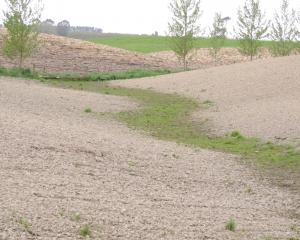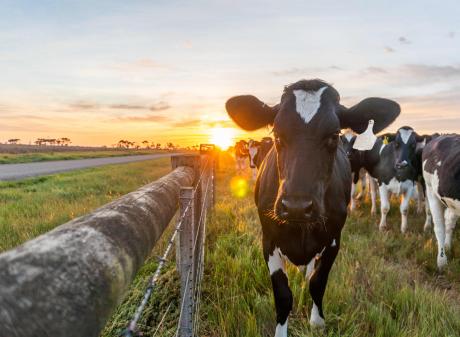
Improved technique is being touted as the reason for fewer injuries, a southern shearing stalwart says.
Last year there were 650 new Accident Compensation Corporation (ACC) claims for shearing injuries in New Zealand — 25% less than in 2015.
A similar trend was seen in the South.
The 237 new claims made in Otago and Southland last year were 24% down on 2015.
Southern Rural Life visited a woolshed in Roxburgh to talk to a Dion Morrell Shearing team including four shearers.

Some of those sheep were shorn in front of packed stadiums of cheering spectators.
He won New Zealand Shearing Championships in Te Kuiti in April this year, the Golden Shears in Masterton a month earlier and the New Zealand Merino Shears in October last year.
The best preparation for a competition was working regularly in shearing sheds.
"Day-in-day-out, it is better than gym work. If I’m doing it properly here, then I’ll be doing it properly in the competition," he said.
He had seen many shearing injuries during his career.

He once saw a shearer try to stop a charging ewe with his knee — the impact shifted his knee cap down his leg.
His worst injury was when a sheep kicked him and he lost his balance and fell head first into a wall, putting his neck out, which required a week off work.
"I was getting kicked around and I tried to manhandle a ewe, but nah, she was too strong for me."
He believed the number of claims falling was due to shearers improving their technique, which reduced the impact on their bodies.
Improvements included better ways for shearers to handle sheep.
When he started, shearers were self-taught, as there was no information on best practice available. Now there was "heaps", he said.

Another way to reduce the chance of an injury was to warm-up before starting work.
For example, before picking up a handpiece, shearer Zac Manihera lies on a foam roller to loosen his lower back muscles.
Mr Samuels said injured shearers tried not to have time off, "but if you have to, you have to". Instead they made sure their injury was protected.
For example, shearer Thomas Winiata’s wrist had "blown up" so "he taped it up as a precautionary measure to try to keep the swelling down".
Mr Winiata also uses a back aid, which hangs above his shearing stand to provide support and prevent back ache.
Some breeds of sheep were easier to shear than others.

"They are a lot easier on the body than the crossbred."
Shearers had attached a cover comb to leave about 8mm of wool on the quarterbred flock.
Gaps between the teeth of a cover comb were wider than an ordinary comb, which posed more of an injury risk to shearers.
A cover comb had a greater chance of wounding a shearer as the gap between the teeth were wide enough for a finger to fit in, although injuries were rare.
"Your hand-eye co-ordination today is pretty good because you really want to get your hand out of the way."
Safety measures to keep his team safe included checking shearing equipment regularly and making sure a grinder to sharpen tools was secure.

Another safety measure was washing and drying hands after contact with sheep to avoid diseases humans could catch from animals.
Cuts were a common shearing injury, he said.
He once had a small cut on his hand and caught the viral sheep disease scabby mouth, also called orf.
"I didn’t know this sheep had orf when I grabbed it and I shore it and about a week later I was getting all these scabs over my hand."
The doctor diagnosed it, his hand was taped up and he returned to work.
Sometimes you could have the technique, fitness and equipment care practices to manage injury risks, but you always hoped for the best each day, Mr Samuels said.

The owner of the 3500ha hill-country sheep and beef farm in Roxburgh is Dick Michelle.
Mr Michelle had been a shearing contractor for 30 years before selling his shearing run to Mr Morrell about five years ago.
He believed the reduction in ACC claims was due to shearers looking after their bodies better and due to conditions in woolsheds improving.
Novice shearers should learn the right techniques from experienced practitioners, either on the job or at a shearing school, to reduce the risk of injury and stay in the game longer.
"Watch people like Leon who have mastered them." Mr Michelle said.















